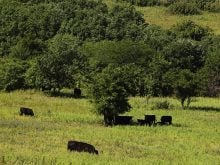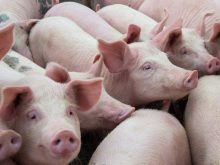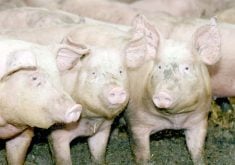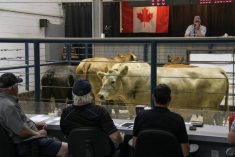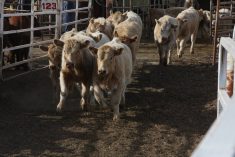Financing disputes are a growing problem for cattle buyers.
“There have been some lawsuits in Alberta that have brought this home,” said lawyer Keith Wilson during the International Livestock Identification Association meeting in Calgary.
Three lawsuits have been settled out of court in the last year for undisclosed amounts, added Livestock Identification Services manager Ken Weir.
Up to 80 percent of Alberta cattle are financed, with the cattle usually used as collateral.
Repercussions result if a borrower sells cattle without informing the bank, and then defaults on the loan within two years.
Read Also
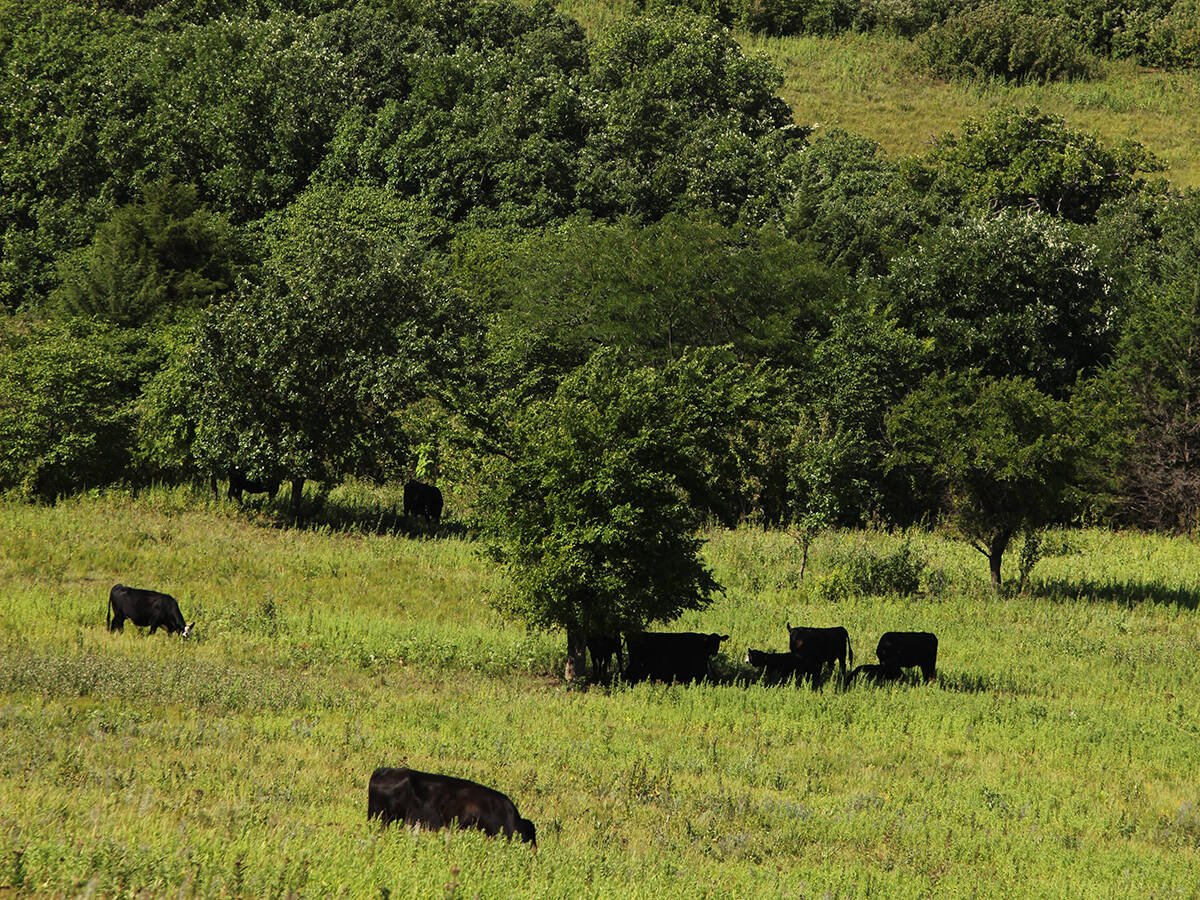
Beef cattle more prone to trace mineral deficiencies
The trace mineral status of our cows and calves is a significant challenge for western Canadian producers and veterinarians.
As well, if the borrower buys more cattle, they are covered by the same security agreement. If the borrower defaults, the bank is entitled to take back the cattle it financed as well as the second set of animals to cover the loan. The lender continues to have this right until the loan is paid in full.
Under a concept that dates back to common law, lenders also have the right to track down cattle and sue buyers to recover the cattle’s value.
The two most vulnerable groups are auction markets and custom feedlots that sell cattle to a packer on the producer’s behalf.
While the cattle have passed brand inspection, the inspector has no way of checking to see if there is a lien on the cattle unless the seller shares that information.
“The Alberta court of appeal clearly stated that brand inspection cannot be relied upon as proof of ownership,” said Sherri Mathaller, who works in cattle procurement for Cargill Foods in High River, Alta., and is chair of the Alberta Cattle Title Committee that is looking for a solution to this growing problem.
The committee was set up last January and has prepared a report for the provincial government. It wants to meet with agriculture minister Shirley McClellan to discuss legislative changes to the livestock identification act to protect buyers.
The committee has several recommendations: set a limit on the chain of people who can be sued to recover money; clarify who the actual owner is; and strengthen the paper audit trail so the real owners can be found.
When transporting cattle, the committee suggests the manifest include a certificate by the owner identifying financial obligations. The livestock inspection service can do a search if the producer says animals are free and clear.
Banks have suggested that cattle buyers conduct searches through the province’s personal property registry and the federal bank act registry. However, these do not specify which cattle have a lien on them. As well, the registry does not always match names and transactions. When the producer obtained the loan, he may have listed the farm’s corporate name, his own name or a nickname.
“The current search system is completely inefficient,” Wilson said.
Added Mathaller: “Unlike the U.S. system, all property is included together. There is not a separate livestock registry.”
As well, in a business where cattle buyers must pay sellers within two days, it takes considerable time to search these.
Last October the Livestock Inspection Services provided a new computer system for its inspectors. It contains a data base of all registered brands in the province, licensed dealers and loan information.
If there is a lien, payment for cattle may be held until the matter is settled.



